Large cohort study suggests need for routine sleep screening as part of neurological care
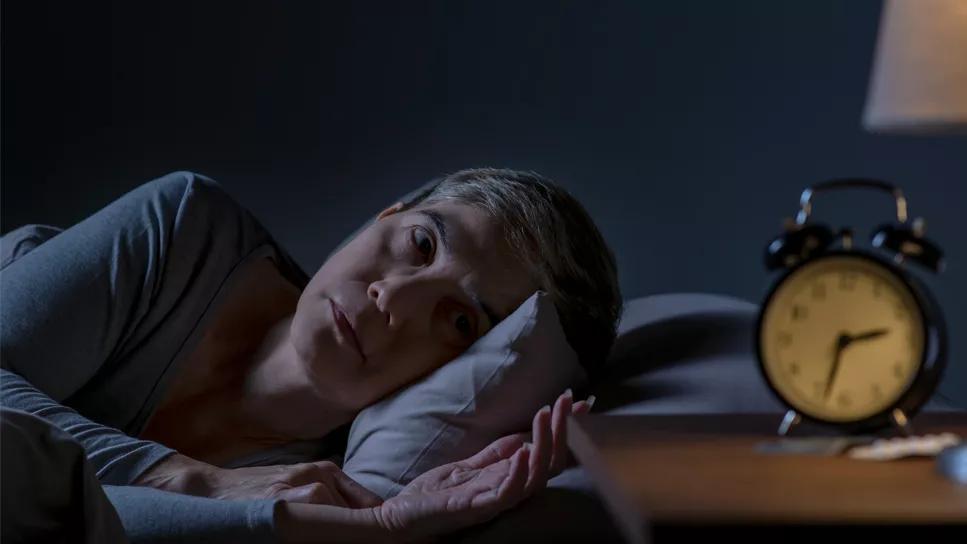
High-risk obstructive sleep apnea (HR-OSA) and high-risk insomnia (HR-Insomnia) are quite prevalent in patients with neurological diseases and appear to be associated with worsening of disease, according to new research from Cleveland Clinic investigators presented in a poster at the 2024 annual meeting of the American Academy of Neurology (AAN).
Advertisement
Cleveland Clinic is a non-profit academic medical center. Advertising on our site helps support our mission. We do not endorse non-Cleveland Clinic products or services. Policy
“This is the largest study to date of OSA and insomnia screening in neurological and psychiatric patients,” says senior investigator Nancy Foldvary-Schaefer, DO, MS, Director of Cleveland Clinic’s Sleep Disorders Center. “We demonstrated a connection between increasing risk of obstructive sleep apnea and insomnia and markers of neurological and psychiatric disease severity.”
Both OSA and chronic insomnia are common, with estimated prevalences in the general population as high as 38% and 22%, respectively. Both conditions are known to increase risk for neuropsychiatric diseases, but research about connections between them and disease-specific metrics are lacking.
To fill that gap, Dr. Foldvary-Schaefer and colleagues assessed the prevalence of HR-OSA and HR-Insomnia among 6,224 patients treated at five centers of Cleveland Clinic Neurological Institute (for brain tumor, movement disorders, cerebrovascular disease, epilepsy and psychiatric conditions) over a recent 20-month period. They then evaluated associations between these conditions and neuropsychiatric disease-specific metrics.
HR-OSA was defined as a score ≥2 on the STOP instrument (measuring snoring, tiredness, observed apnea and history of high blood pressure). HR-Insomnia was defined as a score ≥15 on the Insomnia Severity Index.
Severity of patients’ neuropsychiatric disease was assessed using the following: Karnofsky Performance Status (KPS) for brain tumors, modified Rankin scale (mRS) for stroke/cerebrovascular disease, Unified Parkinson’s Disease Rating Scale II (UPDRS-II) for Parkinson’s disease and other movement disorders, Liverpool Seizure Severity Scale 2.0 (LSSS 2.0) for epilepsy and the Patient Health Questionnaire-9 (PHQ-9) for psychiatric conditions.
Advertisement
Demographic and clinical data were extracted from the electronic health record. Patient-reported sleep data were captured via the Cleveland Clinic Knowledge Program©, a tablet-based electronic platform for systematic collection of patient-reported outcomes in the outpatient setting. All models were adjusted for prespecified covariates.
The cohort was predominantly female (58.7%), with a mean age of 50.3 years. The breakdown of neuropsychiatric diagnoses across the cohort was as follows: 32.4% psychiatric disorders, 23.3% movement disorders, 16.5% stroke and other cerebrovascular disorders, 16.2% epilepsy and 11.6% brain tumor.
The prevalence of HR-OSA overall was 36.5% and was highest among patients with cerebrovascular disease, at 48.1%. The prevalence of HR-Insomnia overall was 24.6% and was highest among patients with psychiatric diagnoses, at 33.6%.
Among patients with brain tumor, risks of HR-OSA and of HR-Insomnia were increased in those with KPS scores ≤60 (odds ratio [OR] = 2.67; 95% CI, 1.22-5.86, and OR = 3.87; 95% CI, 1.40-10.66, respectively). “These findings should raise awareness of the higher prevalence of OSA and insomnia symptoms in brain tumor patients with worse functional status and prompt early screening and treatment,” Dr. Foldvary-Schaefer says.
Among patients with movement disorders, each one-unit increase in UPDRS-II score was associated with a 4% increase in the odds of having HR-OSA and a 10% increase in the odds of having HR-Insomnia. “Despite the high prevalence of movement disorders, few studies have examined OSA in this population,” Dr. Foldvary-Schaefer notes. “Our findings are consistent with a previous study in which OSA was more common in Parkinson’s disease patients compared with controls.”
Advertisement
Among patients with cerebrovascular disease, an mRS score of 2 was associated with higher risks of HR-OSA (OR = 2.11; 95% CI ,1.38-3.22) and HR-Insomnia (OR = 3.90; 95% CI, 2.29-6.66) relative to a score of 0.
Among patients with epilepsy, having six to 10 seizures (versus none) in the prior four weeks was associated with increased odds of both HR-OSA (OR = 1.87; 95% CI, 1.11-3.14) and HR-Insomnia (OR = 4.44; 95% CI, 2.60-7.57). “Our study is the largest to explore the prevalence of sleep disorders in epilepsy and the first to use the LSSS 2.0,” Dr. Foldvary-Schaefer says. “Early detection in this population is important because continuous positive airway pressure therapy has been associated with a reduction in seizures and interictal epileptic discharges on EEG.”
Among patients with psychiatric conditions, every five-point increment in PHQ-9 score resulted in a 28% increase in likelihood of HR-OSA and a 154% increase in likelihood of HR-Insomnia.
The Cleveland Clinic investigators conclude that their findings indicate a clear need for routine screening and treatment of sleep disorders in neurological and psychiatric populations, yet more research remains to be done.
“Our electronic clinician- and patient-reported data revealed numerous important findings,” Dr. Foldvary-Schaefer observes, “but we still need to investigate how sleep disorders modify disease presentation, progression and outcomes. We also need to test specific sleep therapies in patients with neurological and psychiatric conditions so we can improve their outcomes.”
Advertisement
Advertisement

Study highlights value of sleep disorder screening and targeted management strategies

Specificity in study criteria yields sleep disorder insights
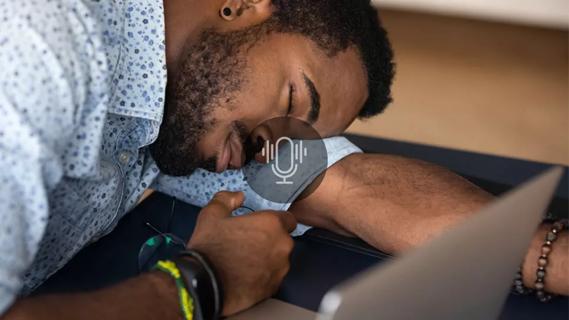
Testing options and therapies are expanding for this poorly understood sleep disorder
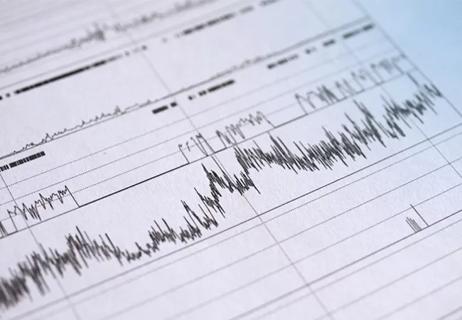
Normal or inconsistent MSLT results should not rule out this debilitating disorder
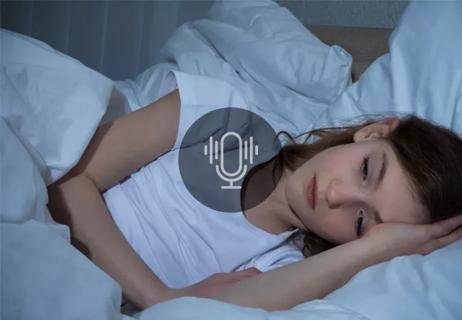
Advice for diagnosing and managing sleep disturbances in children
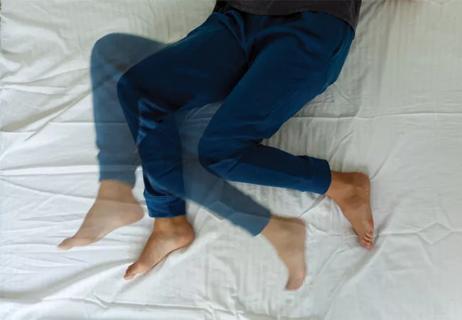
Bedroom safety, medication use and ethical dilemmas are addressed

Combining group telehealth sessions with one-on-one sessions shortens time to follow-up care

Studies of three investigational therapies test targeting of mechanistic pathways